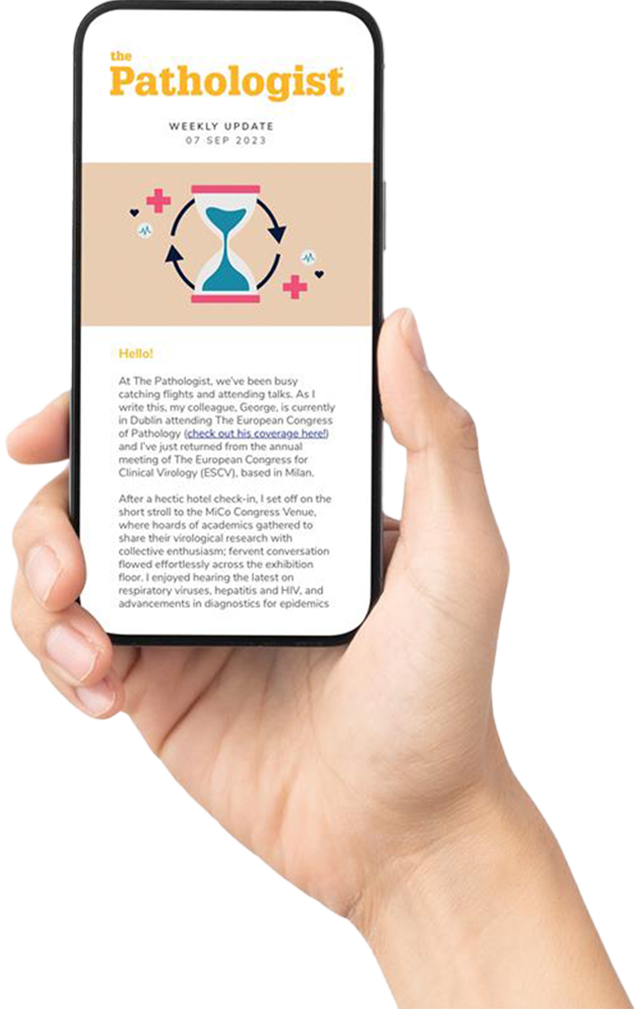The need for preventative measures against cancer is clear – if we can detect it early, or better yet, predict which patients are likely to fall victim, we can increase the odds of survival. Although many good screening programs exist for breast cancer, the accuracy of diagnosis still cannot be guaranteed. A marker that can predict the risk of developing the disease in the first place should help drive down the rates of late or missed diagnoses and improve patients’ chances of survival. Researchers Kornelia Polyak (Harvard Stem Cell Institute), Rulla Tamimi (Brigham and Women’s Hospital) and their colleagues think theymay have identified just such a marker.

Ki67 is a nuclear protein associated with proliferating cells. Although it is currently tested in known tumors to assist in treatment decision-making, its presence and role in healthy tissue haven’t been investigated. Polyak and Tamimi examined biopsies from 302 patients diagnosed with benign breast disease, 69 of whom eventually developed breast cancer and 233 of whom did not (1). They found that, even in non-cancerous tissue, the women who developed cancer had significantly higher levels of Ki67 in the mammary epithelium, where most breast tumors originate. In fact, women with high levels of Ki67 and low levels of either p27 (a tumor suppressor) or estrogen receptors exhibited a five-fold higher risk of breast cancer than women with low Ki67 levels. The researchers believe that testing the biopsies of at-risk women, such as those with known BRCA1 or BRCA2 mutations, could identify those at greatest risk of developing breast cancer. Not only could this inform monitoring and treatment strategies going forward, but it could also help women avoid unnecessary additional screening – minimizing discomfort and radiation exposure for patients and reducing costs for healthcare systems. The question is, could Ki67 testing for this particular purpose move to the clinic in the near future? Polyak doesn’t think it would be difficult once the researchers have replicated their results; after all, the test already exists for tumor profiling and could easily be applied to healthy tissue from high-risk patients. Although not yet ready for clinical use, it may not be long before breast cancer risk assessments are conducted with the use of a quantitative biomarker.
References
- SJ Huh et al., “The proliferative activity of mammary epithelial cells in normal tissue predicts breast cancer risk in premenopausal women”, Cancer Res, [Epub ahead of print] (2016). PMID: 26941287.




